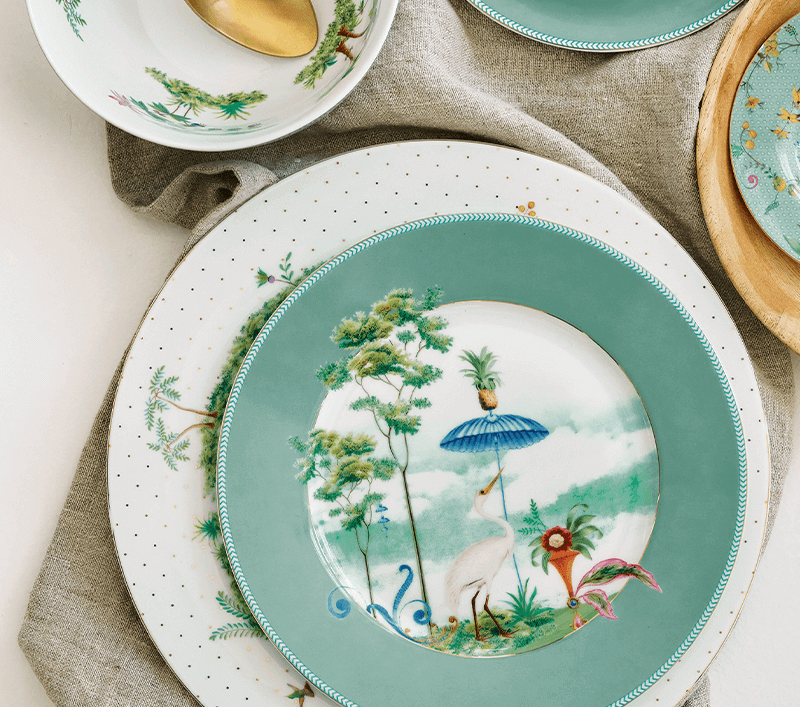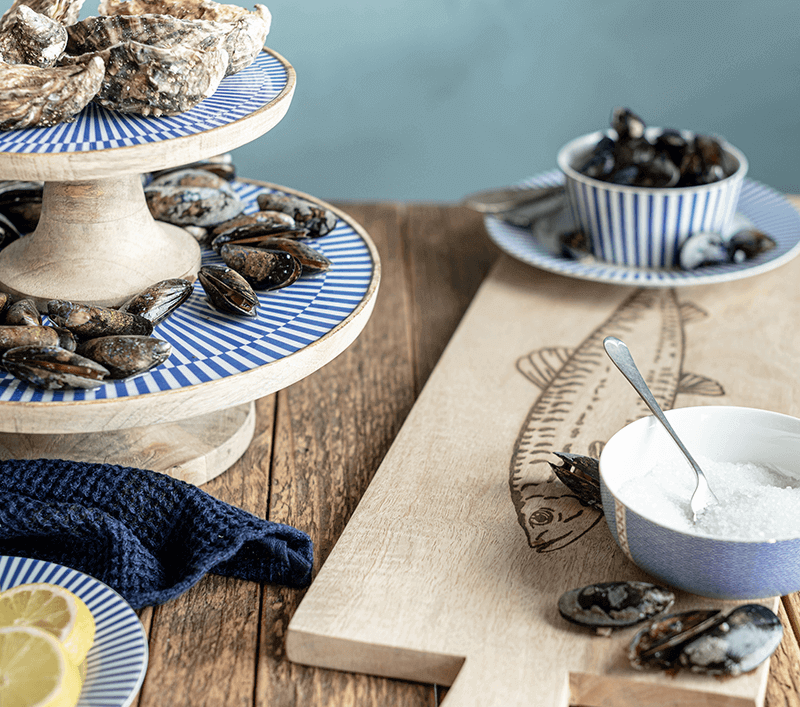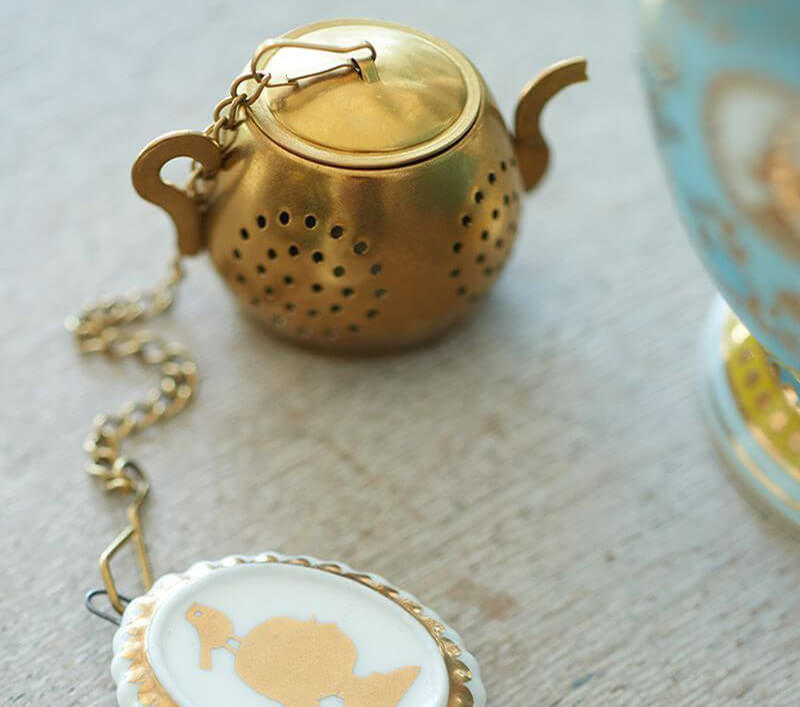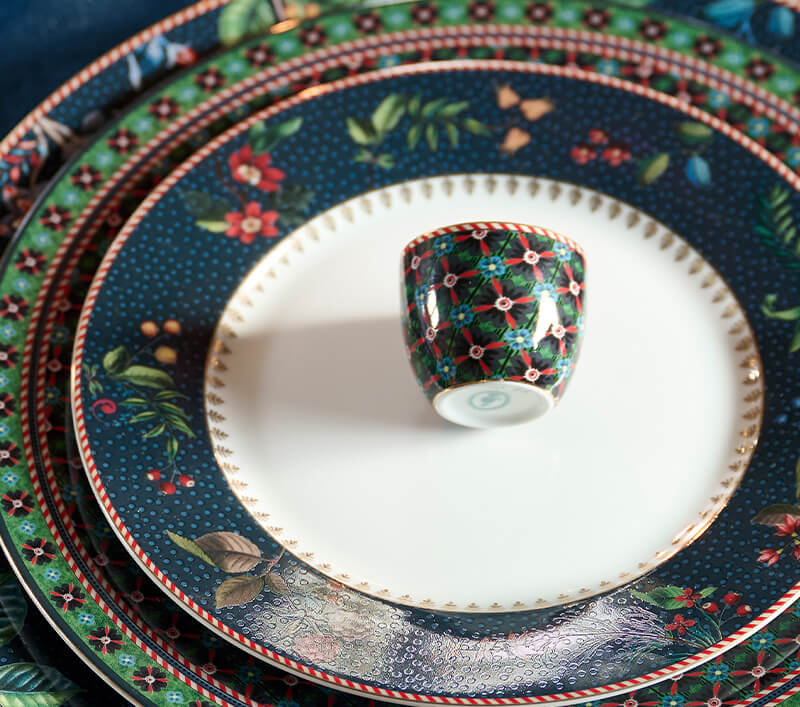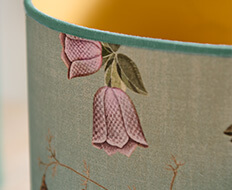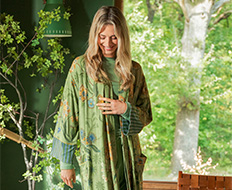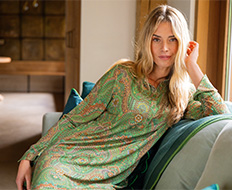

LABELS/CERTIFICATIONS
FSC-certified
Being the result of responsible forest management, FSC-certified products are an inexhaustible resource. By its very nature, it is a circular material and forms part of the biological cycle. By purchasing and using FSC-certified products, we actively contribute to the preservation of forests all over the world. All certified forests are well managed and stay healthy. At the moment, there are more than 200 million hectares of FSC-certified forests all over the world (equal to fifty times the area of the Netherlands)!
Better Cotton Initiative (BCI)
The BCI strives to improve the global cotton production in order to protect the environment, the sector and the people who work in the sector. The BCI's primary goals are:
o limiting the use of pesticides and insecticides;
o making efficient use of water;
o making proper use of and regenerating the soil;
o preserving the natural diversity;
o educating and compensating cotton farmers in accordance with their performances.
GOTS certificates
GOTS stands for “Global Organic Textile Standard.” It is an independent hallmark for organically grown fabrics that is used all over the world for clothing and textiles. The production has to meet strict ecological and social requirements. For example, no synthetic pesticides, fertilisers or genetically modified organisms can be used in the cultivation process. A distinction is made between “Organic” (95% organic materials) and “Made with organic” (70% organic materials).
NP & ISO 14001 licence
An ISO 14001 certification proves that an organisation is actively working to improve its environmental performance and prevent pollution. NP is short for “Norma Portuguesa,” the Portuguese standard regulations.
OEKO-TEX 100
OEKO-Tex Standard 100 is a health label for textiles. This label means that material is tested for substances that can be harmful to health. The quality mark works with limit values in the end product. These limit values indirectly impose requirements on the use of environmentally harmful substances, such as harmful dyes and crop protection.










